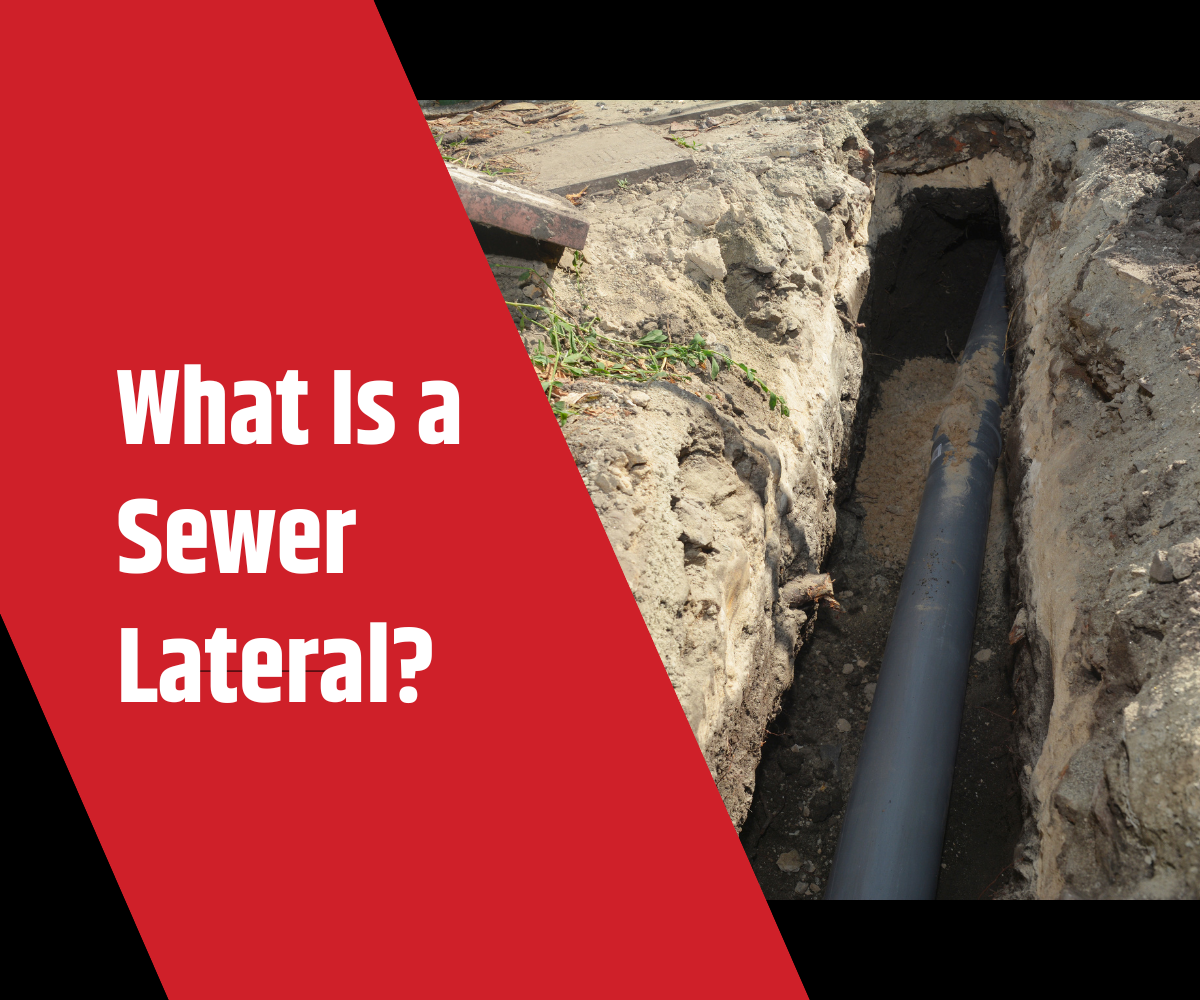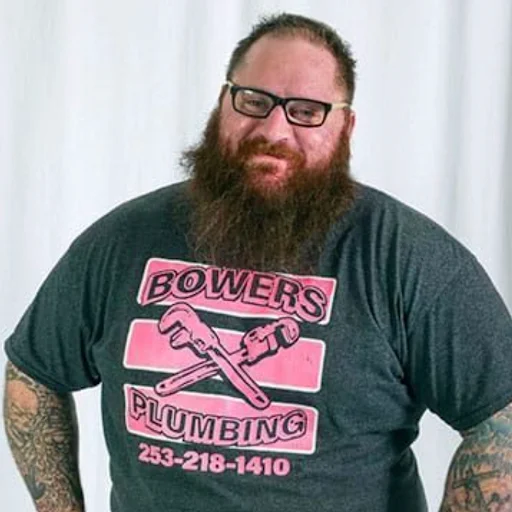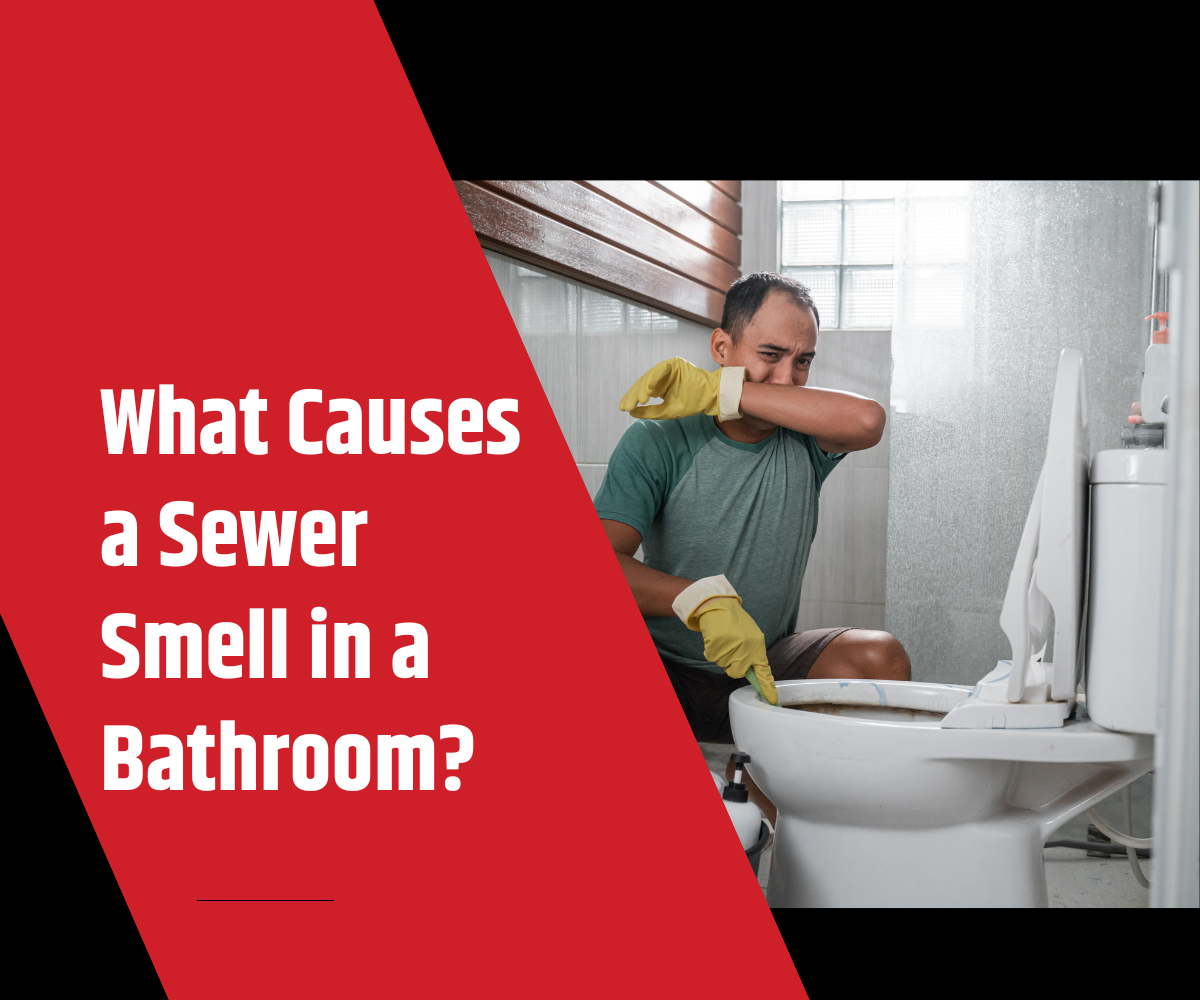What is a Sewer Lateral? Understanding Its Importance in Plumbing
As a homeowner or business owner, you probably don’t think much about the pipes and systems that run beneath your property. However, understanding the role of each component in your plumbing infrastructure can help you avoid costly repairs and ensure everything runs smoothly. One essential part of your plumbing system that often goes overlooked is the sewer lateral.
In this blog post, we’ll explore what a sewer lateral is, its purpose, how it connects to your home or business, and why it’s important to maintain it.
What is a Sewer Lateral?
A sewer lateral is the pipe that connects a building’s plumbing system to the public sewer system or a private septic system. It acts as the link between your home or business and the larger municipal infrastructure that manages wastewater. The sewer lateral is responsible for carrying all the waste from your property, including wastewater from toilets, sinks, showers, and appliances, to the main sewer line, where it is eventually processed or treated.
The term “lateral” is used because it runs from the building or property “laterally” to the main sewer line, typically running under the street or sidewalk, or within an easement area in the city. Depending on where you live, your sewer lateral may connect to a public city municipal sewer line or, in rural areas, it may connect to a private septic tank or treatment system.
Where Does the Sewer Lateral Run?
The sewer lateral usually runs from the building’s plumbing system and extends outward to the street or the property line. It typically lies underneath the ground, often buried several feet down. In most cases, the section of the lateral that runs from your house to the property line is your responsibility, while the portion from the property line to the public sewer system or septic tank is maintained by the local government or the utility management company.
It’s important to note that the exact boundaries of ownership and responsibility can vary based on local city laws and regulations. Therefore, you should always check with your local utility or public works department to understand exactly where your responsibility ends and the municipality’s begins.
Key Functions of a Sewer Lateral
The primary function of the sewer lateral is to safely transport wastewater away from your property and into the larger sewer system drain. Here’s an overview at how this process works:
Wastewater Collection: All the water and waste from your property, including sewage backwater, dirty water from sinks, showers, dishwashers, washing machines, and stormwater runoff, enters the sewer lateral.
Wastewater Transport: The sewer lateral then transports this water to the main sewer line or septic tank, where it will be treated. The lateral is generally made of durable materials like clay, PVC, cast iron, or concrete, and it’s designed to withstand the pressure of the wastewater as it travels through the pipe.
Sealing and Ventilation: The pipe is sealed tightly to prevent any leakage of wastewater into the surrounding soil, and it’s often equipped with ventilation systems to release gases and avoid pressure buildup.
Preventing Backups and Blockages: A well-functioning sewer lateral helps prevent backflow (when wastewater flows back into your home or property) and keeps wastewater flowing smoothly into the larger sewage system drain. This helps maintain a clean and hygienic environment, free of harmful pathogens and pollutants.
Signs of a Problem with Your Sewer Lateral
Although sewer laterals are designed to last for decades, they are not immune to issues. Over time, various factors can cause damage to the pipe, leading to blockages, leaks, or even a full system failure. Here are some common signs that there might be a problem with your sewer lateral which may require professional services:
Slow Drains: If your sinks, bathtubs, or toilets are draining slowly or backing up, it could indicate that there is a blockage or damage in your sewer lateral.
Foul Odors: A foul smell coming from your drains or yard could indicate a sewage leak or clog in the lateral.
Gurgling Noises: If you hear gurgling sounds coming from your drains, it could mean that air is trapped in your pipes due to a blockage in the sewer lateral.
Water Pooling in Your Yard: If you notice unexplained puddles or wet areas in your yard, it could be a sign of a broken sewer lateral that is leaking wastewater.
Foundation Problems: A cracked or broken sewer lateral can lead to moisture issues that affect your home’s foundation, causing it to crack or shift.
Causes of Sewer Lateral Issues
Several factors can contribute to problems with a sewer lateral. Common causes include:
Tree Roots: Roots from nearby trees are one of the most frequent causes of blockages in sewer laterals. As trees grow, their roots search for moisture and can infiltrate and damage the pipes, causing blockages and even cracks.
Pipe Age and Deterioration: Over time, materials like clay, cast iron, and even PVC can degrade, leading to leaks or collapses in the system. Older homes are especially prone to these issues.
Improper Disposal of Waste: Flushing non-biodegradable items like wet wipes, grease, and sanitary products can cause clogs in the sewer lateral.
Shifting Soil or Ground Movement: Soil erosion or ground movement caused by construction work or weather events can affect the alignment and integrity of the sewer lateral, leading to leaks or cracks.
How to Maintain and Repair a Sewer Lateral
Maintaining your sewer lateral involves regular inspections and timely repairs. Here are some steps to take:
Routine Inspections: Hire a plumber or professional to inspect the condition of your sewer lateral periodically, especially if your property is older or has a history of plumbing problems.
Clearing Blockages: If you experience slow drainage or other symptoms of a blockage, it’s crucial to address the issue promptly to prevent further damage.
Tree Root Management: If you suspect tree roots are infiltrating your lateral, it’s important to remove the roots and repair any damage to the pipe. Root barriers or professional root removal techniques may also be necessary.
Proper Disposal: Avoid flushing anything other than toilet paper and human waste. Be cautious about what you pour down drains, especially grease and chemicals.
Repairs and Replacement: In some cases, the sewer lateral may need to be fully replaced due to age, damage, or shifting soil. A professional plumber can assist with evaluating whether repairs or a replacement is necessary.
Conclusion
A sewer lateral plays a crucial role in maintaining the plumbing and wastewater system of your home or business. Understanding its function and ensuring that it’s well-maintained can prevent major plumbing issues down the road. Regular inspections and addressing problems early are key to ensuring the long-term health of your sewer lateral and the overall plumbing system.
If you suspect there is a problem with your sewer lateral, it’s always best to consult with a professional plumber service your home, and to diagnose the issue and prevent costly repairs in the future.





